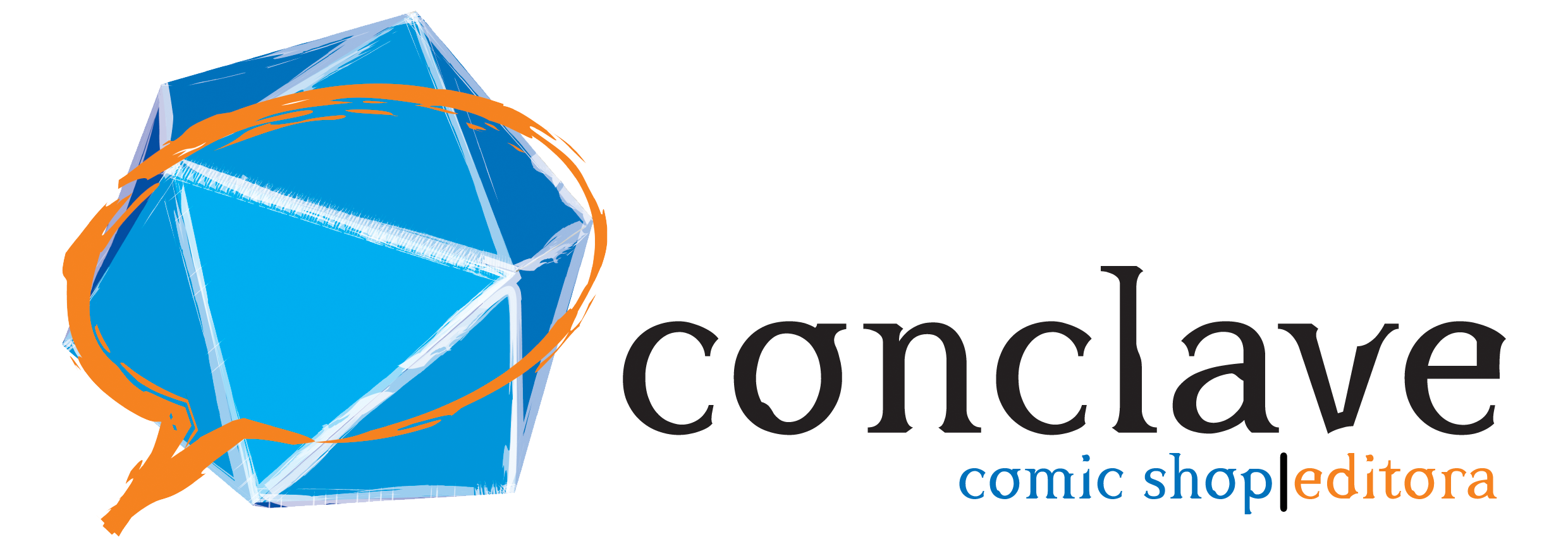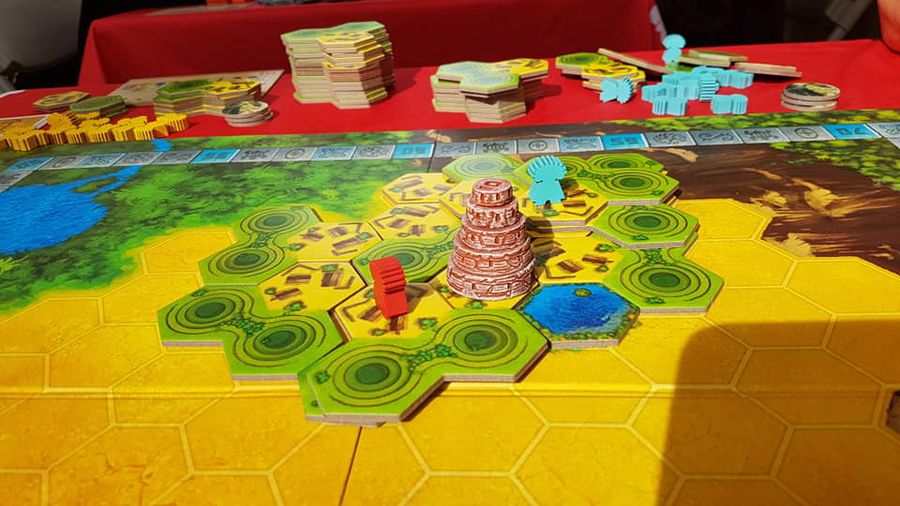CUZCO is our third part in the trilogy of masks by famous authors M. Kiesling and W. Kramer.
This is the new edition of JAVA, published in 2000 between TIKAL and MEXICA. Once again, we have taken special care with all the components and the graphic design of the game, so that your experience is even better.

‘cuzco' replaces the name 'Java'. In fact, during its first edition, the name changed and the location moved to Indonesia, on the island of Java. It seemed logical to replace the original name desired by the authors and replace it among the other peoples of ancient Latin America! After the Aztecs MEXICA and the Mayans of TIKAL, here we have the Inca people in CUZCO.
Incarnating the Inca dignitaries, you and your clan will come to the plateau of CUZCO in Peru to build the city, erect temples and make offerings to the gods to gain prestige and become the new Emperor of the Inca people!
A nice strategy game
Cuzco is a strategic game that combines the placement of pieces and characters. To gain prestige points, players will have to create villages, using these pieces, place their clan members as a majority, and build, and then expand, temples.
One of the original features of CUZCO resides in its majority principle. You don't need to have the greatest number of Incas to be greatest, but to have the Inca at the highest point in a village or city. This principle requires players to attempt to stack two pieces of terrain to their maximum height. With the pieces placed, the movement of the Incas and their position on the board will be of great importance to try to keep this majority until the end of the game, for the final count.
These tile placements and the construction of temples make the game board CUZCO transform during the course of the game, generating a beautiful scenario at the end, with villages, cities, Incas and temples of different heights spread across the board.

An action point based game

As mexica and Tikal, players have an amount of action points each turn. These points can be divided into several actions. The first, mandatory, is to place a piece on the board. Other actions can bring an Inca into the game, move it, place other pieces, build temples, enlarge them, create irrigation ponds, draw relic cards, and finally organize a festival in honor of gods, offering relics.
Players will have to optimize each move to ensure victory, to transform the board and position themselves in the best possible way. In general, each round brings victory points, but it also anticipates the end of the game, where the final count brings more prestige points!
Creating irrigation ponds will offer an alternative way to gain prestige points quickly. Just place water pieces, surround them with land and have a majority to gain 3 prestige points per piece of water that makes up the pond. But beware, the number of these pieces is limited and only the smartest will be able to guarantee points like this!
After a round or two, you will quickly assimilate the rules and understand that the game requires a lot of tricks and tactics. If you don't get the correct relics, you won't be able to participate in the festivals!
Components for your delight
Of course, we focus on the quality of cuzco, as well as the first two parts of the trilogy. Thus, the Incas have a different shape, the pieces are thick to distinguish the different heights of the terrain and, as always, our temples are made of resin to provide a beautiful immersion and a beautiful design.

Each player has an in-game help piece that remembers all possible actions in a few lines, explained by iconography.
Finally, a great six-part board for you to build your civilization!
Translated and adapted from supermeeple.com





